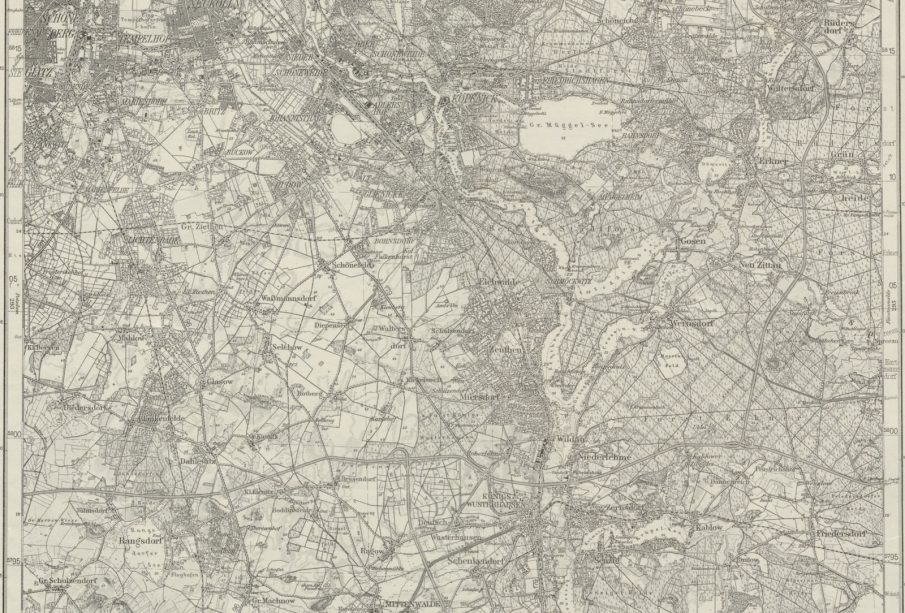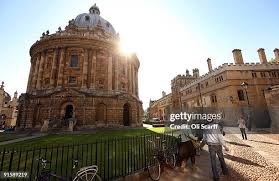The Importance of Maps in Today’s World

Introduction: Understanding the Role of Maps
Maps have been an integral part of human history, serving as essential tools for navigation, exploration, and understanding of geographical spaces. In today’s fast-paced society, the importance of maps extends beyond traditional uses; they are crucial in technology, education, and urban planning. This article will explore the relevance and evolving significance of maps in our contemporary world.
Historical Context and Evolution of Maps
The usage of maps dates back thousands of years, with ancient civilizations relying on them for trade routes and territorial boundaries. The development of cartography peaked during the Age of Exploration, paving the way for modern mapping techniques. With the advancement of technology, maps have transitioned from paper products to dynamic digital representations. Geographic Information Systems (GIS) have transformed how maps are created and utilised, allowing for a multitude of applications.
The Role of Maps in Modern Society
Today, maps play a crucial role in various sectors. In navigation, GPS technology has changed the way we travel, making real-time location tracking and route optimisation accessible to everyone. Educational institutions employ maps to teach geography, history, and environmental science, fostering a better understanding of global issues among students.
Furthermore, businesses leverage maps for location analysis, market research, and logistics. For instance, delivery services use mapping technology to plan efficient delivery routes, enhancing their operational efficiency. In urban planning, maps are essential tools for city officials to visualise infrastructure developments and manage land use effectively.
Current Innovations in Mapping Technology
Recent advancements in mapping technology, such as 3D mapping and augmented reality (AR), are redefining how we interact with geographical information. Companies like Google and Apple are enhancing their mapping services with features like live traffic updates and indoor mapping, enabling users to navigate through complex environments seamlessly.
Conclusion: The Future of Mapping
As we move further into the 21st century, the significance of maps is expected to grow. With the integration of artificial intelligence and machine learning, we can anticipate even more personalised and accurate mapping experiences. Understanding the importance of maps and their evolving technologies not only helps us navigate our physical world but also fosters our comprehension of social and environmental issues. Embracing these changes will be essential as we continue to rely on maps in our daily lives.








